The Jomsom Muktinath Trek is part of the legendary Annapurna Circuit Trek in Nepal. The trek typically takes 12 to 15 days, but can be completed in as little as 5 days as well.
Jomsom Muktinath Trek Overview
On the Jomsom Muktinath trek, you will take in caves, ruins of ancient forts and Buddhist monasteries. Never in the course of this trek will you be higher than 12,464 feet. This ancient trade route follows the Kali Ghandaki River and is now one of the most developed trekking trails. It is also used by Hindu and Buddhist pilgrims. The lower part is Hindu while the upper is Buddhist.
Natural scenery ranges from forests of dazzling rhododendrons to rocky cliffs and desert. Some of the landscape of this rain shadow zone resembles the moon. The region is known for the most dramatic altitude variations found anywhere. It is possible to see eight of the 20 highest mountains on Earth: Dhaulagiri (26,788 feet); Annapurna I (26,538 feet); Annapurna II (26,040 feet); Nilgiri (23,097 feet); Annapurna South (23,684 feet); Annapurna III (24,787 feet); Mt. Annapurna IV (24,688 feet); Machhapuchhare (Fishtail in English, 22,959 feet) and Annapurna South (23,684 feet).
The local people, Thakalis, have traditionally been traders. They have converted their charming and wonderfully clean abodes into tea houses and count themselves among the most gracious and justifiably successful innkeepers in Nepal. If you stay at Chez tea house, make sure to chat with the sougi – the inn keeper – who will regale you with yarns of life in Nepal.
Please Note: The highlight of this trek is unquestionably the temple at Muktinath (12,464 feet), which is dedicated to the god, Vishnu, one of the three supreme deities. It has natural gas fires and 108 waterfalls. It is believed that bathing using all of the waterfalls washes away sins. Devotees do this even when temperatures are freezing.
Regional Map
The trek occurs in the district of Mustang, commonly known as the Himalayan Shangri La. This is around 11 miles northeast of Jomsom, a major trading centre.
Below is a schematic map which shows the Annapurna region in which the Jomsom Muktinath trek is situated.
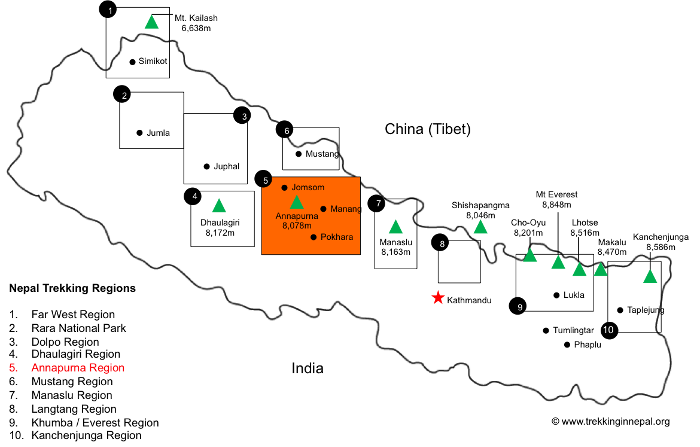
Recommended Map
You can view the route on the Pokhara to Muktinath to Jomsom map, which was published in 2012.
We have also provided links and recommendations to new guides and maps below.
Jomsom Muktinath Trekking Route
Typical Itinerary
Please note that there are several Jomsom Muktinath Trek itineraries that can be done. Below we have laid out the most popular version – 13 days, leaving from Kathmandu. However, this trek can be made much shorter. If you want to make your own way to Jomsom, then you could probably organise this with your operator or guide.
Day 1-2
You will arrive in Kathmandu.
You will spend the second day in the city, overwhelmed by the choice of places to visit. One of the principal attractions is the Swayambunath Stupa – the Monkey Temple. It is said to be over two thousand years old. The eyes painted on each of the four sides represent the all-seeing power of Buddha.
One of the holiest Hindu shrines in the world is located at Durbar Square. Many sadhus – Hindu ascetics – reside here. It becomes crowded during religious festivals. It is an enticing melange of courtyards, pagoda temples and palace buildings.

Day 3
A bus takes you from Kathmandu to the beautiful town of Pokhara on the banks of the Phewa Lake. The Devi Falls are not to be missed.
Day 4
The flight from Pokhara to Jomsom will show you first hand just how high the Himalaya mountains are. The villages you see are so isolated that they are a minimum of three days’ walk to the nearest town.
The last moments on the flight are brilliant when the plane crosses a gorge very near the end of the runway.
Flights are only in the morning because it gets so windy in the afternoon. You will then trek to Kagbeni, where there is a checkpoint. Here, you will stay for the night.
Day 5
You will ascend rapidly to Muktinath at 12,464 feet. This is one of the most sacred pilgrimage sights for Hindus. Holy water flows from a 108 carved spouts that surround the Vishnu temple in a grove of poplars. Muktinath is also home to a great many ethnic holy Buddhists and Tibetans, who come to the temple to witness fire miraculously burning in a stream of water inside a small but very sacred temple.
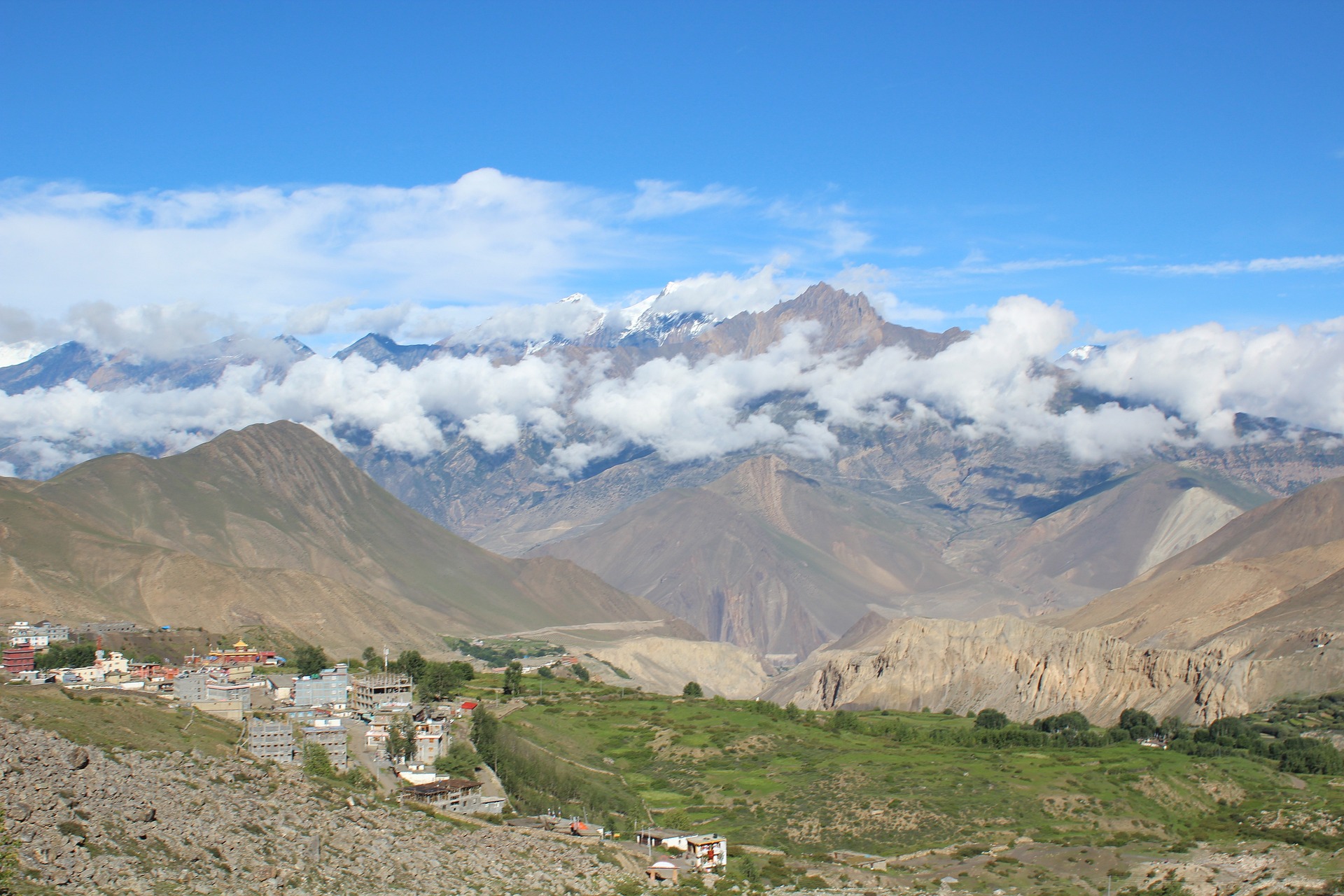
Day 6
You will now make your way downhill through fields and poplar groves where you reach the valley of the Kali Gandaki River. You will then trek south through the valley to Jomsom where you stay for the night.
Day 7
You will descend to Marpha, a delightful village of whitewashed houses surrounded by fertile fields. You will continue to follow the Kali Gandaki before reaching Tukuche (which has long been a Thakali trading centre). You will arrive at Kalopani, which offers a fantastic 360-degree view of Dhaulagiri and Annapurna. You will stay at Kalopani for the night.
Day 8
You will take a beautiful walk that transitions to sub-tropical vegetation, making your way among banyan trees, poinsettas and water buffalo. Both river and trail pass through a narrow gorge. You will descend and cross a bridge close to a stunning waterfall before trekking through the valley to Tatopani, where hot springs beckon.
Day 9
While climbing inexorably throughout the day, you will swap terraced fields for dense rhododendron forest as you near the village of Ghorepani where you will stay the night.
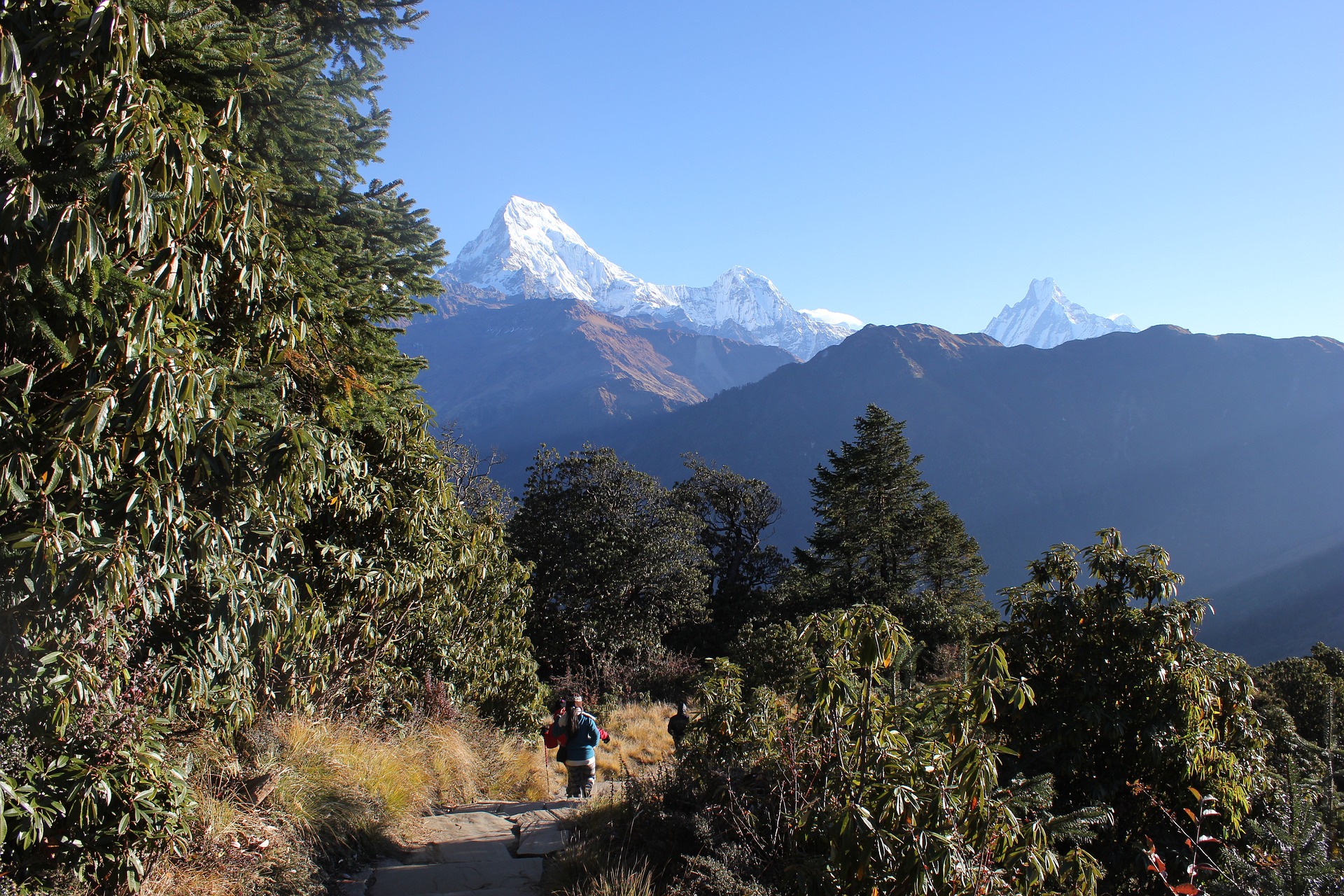
Day 10
Early in the morning, you can visit the renowned Poon Hill for breathtaking, all-round views of the Annapurna range at sunrise. The best time for photographs is early morning or sunset as, otherwise, there is precious little contrast between sky and mountain. Your adventure now takes you to Pokhara.
There is a brief early morning climb to the Deurali Pass for a spectacular panorama that extends south to the plains of India, with Dhaulagiri and Annapurna on the way. The trail then descends quickly through dense moss-covered forest teeming with bird life before bringing you to Tadapani, where you can experience intense sunset views of Annapurna South and Machhapuchhre.
Day 11
The trail continues to descend rapidly through dense, damp forest where you may spot some monkeys. You will cross some rock-cut steps. You will stay the night at Ghandruk, whose museum of traditional Nepalese life is fascinating.
Day 12
You will face an unrelenting, downward trek among remarkably green cultivated terraces and beautifully-preserved farms. You will come to the Modi River, to which the trail sticks all the way to Birethani. Trekking ends and the drive back to Pokhara begins.
Day 13
You will return to Kathmandu by car.
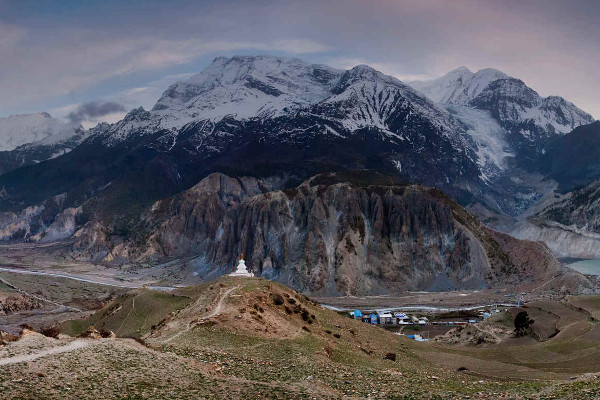
Jomsom Muktinath Hike FAQ
How much does the Jomson Muktinath trek cost?
Prices for the Jomson Muktinath trek generally start at around $1,000 per person and can be as high as $2,500 depending on the trek operator. It is also possible to complete this trek unsupported for under $1,000.
Are permits required for the Jomson Muktinath hike?
Yes, you need a permit for the Annapurna National Park to complete the Jomson Muktinath trek. You will also need to register with the Trekkers Information Management System.
When is the best time to do the Jomson Muktinath trek?
The best time to do the Jomson Muktinath trek are spring (March to May) and autumn (mid-September to mid-December). The weather will be warm by day and the sky clear with outstanding views. At night, temperatures can be below freezing, so make sure you pack warm clothing. Trekking in winter is possible but less popular.
Towards December, the weather starts getting particularly cold and the routes get distinctly quieter. If you are a hardened trekker, a winter Annapurna Circuit (late December through February) can provide a very authentic Nepal trekking experience.
The main challenge of a winter trek, apart from the cold, is the snow and ice that often obstructs the higher trails and the Thorung Pass. During bad winter seasons these trails may be closed.
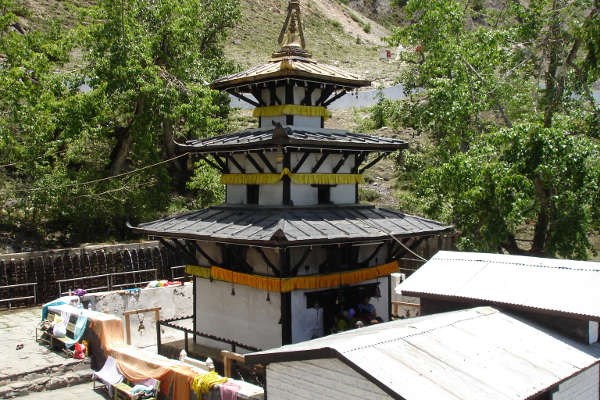
Is altitude sickness a risk on the Jomson Muktinath hike?
Yes, there is a small risk of altitude sickness on the Jomson Muktinath trek because the trail ascends to some high-altitude points. At its highest point, Muktinath, you will reach an altitude of 3,799 meters (12,464 feet).
Fortunately, because of the treks length, the opportunities for appropriate acclimatisation are good, and hence the prevalence of moderate or sever altitude sickness is low.
Even so, it is important to have a solid understanding of the risks associated with high altitude trekking and how the body acclimatises to high altitude. We recommend you read our detailed article on altitude sickness.
How difficult is the Jomson Muktinath trek?
The Jomsom Muktinath trek can be as short or long as you make it, and difficulty levels vary because of this. The longest version is considered fairly challenging, although not as difficult as the full Annapurna Circuit. The short 5-day option is much easier and only requires a basic level of fitness.
What gear do I need for Jomson Muktinath?
You will need a number of essential pieces of hiking gear for trekking the Jomsom Muktinath. It is long and moderately difficult, exposing you to a range of altitudes where temperatures fluctuate dramatically between night and day.
Most of your gear can be rented or bought in Kathmandu or Pokhara, but we strongly suggest bringing the most important pieces of equipment with you. To help you plan and prepare for your trek, we recommend checking out our hiking equipment list.
What travel insurance do I need for Jomson Muktinath?
Trekking insurance is critically important in Nepal. This is particularly true on the Jomsom Muktinath Trek which is very remote.
If an accident or incident should occur that requires immediate medical assistance and evacuation, you will most definitely want adequate trekking insurance that can cover the costs of air ambulance and treatment.
Make sure you have insurance that covers you for any travel related risks, like lost, stolen, damaged or delayed baggage; interruptions and flight delays and tour operators default.
Please read our article on hiking insurance in Nepal. The article provides great information on what type of insurance you'd need.
Are there any recommended guidebooks for Jomson Muktinath?
The Jomsom Muktinath Trek earns mentions in many guides. For a good general guide of Nepal and this trek, we recommend Insight Guides Nepal (Travel Guide with Free eBook) or the Lonely Planet Nepal Guide by Bradley Mayhew.
For a more specialist Jomson Muktinath trekking guide, we recommend Trekking in Nepal by Stefan Mausbach or Annapurna: A Trekker's Guide by Sian Pritchard-Jones and Bob Gibbons.
In terms of a single detailed map for the region, we recommend the Himalayan MapHouse’s Annapurna: Trekking Map & Complete Guide which can be bought in Kathmandu, Pokhara or on Amazon UK (unfortunately it is not on Amazon US). For the US customers, try Annapurna Map (Nepal) by National Geographic Adventure Map.
You are also welcome to have a look at our recommended library of Nepal books and guidebooks for more options.
Are there other Nepal trekking routes?
Yes, there are other Nepal trekking routes you can try. If the Jomsom Muktinath Trek isn't your cup of tea, then you could always try your hand at the Everest Base Camp Trek, the Langtang Valley Trek or the Manaslu Circuit Trek.
Continue browsing
See more information on Nepal. Or check out these other Nepal hiking articles:

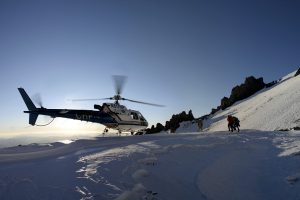
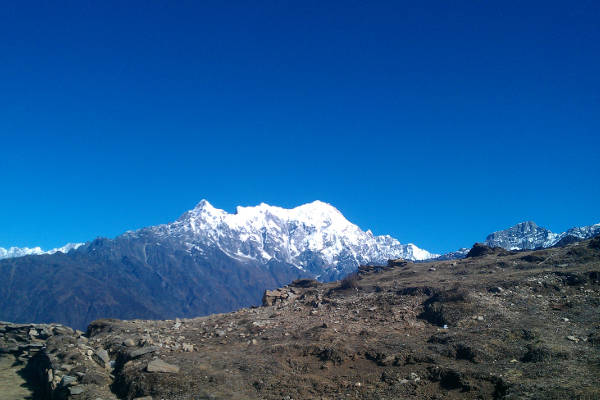
Hi. Very good descriptions.
What are the daily walking distances and altitude changes? Also, what is the food offered to trekkers (are tummy troubles expected?)
Thanks.